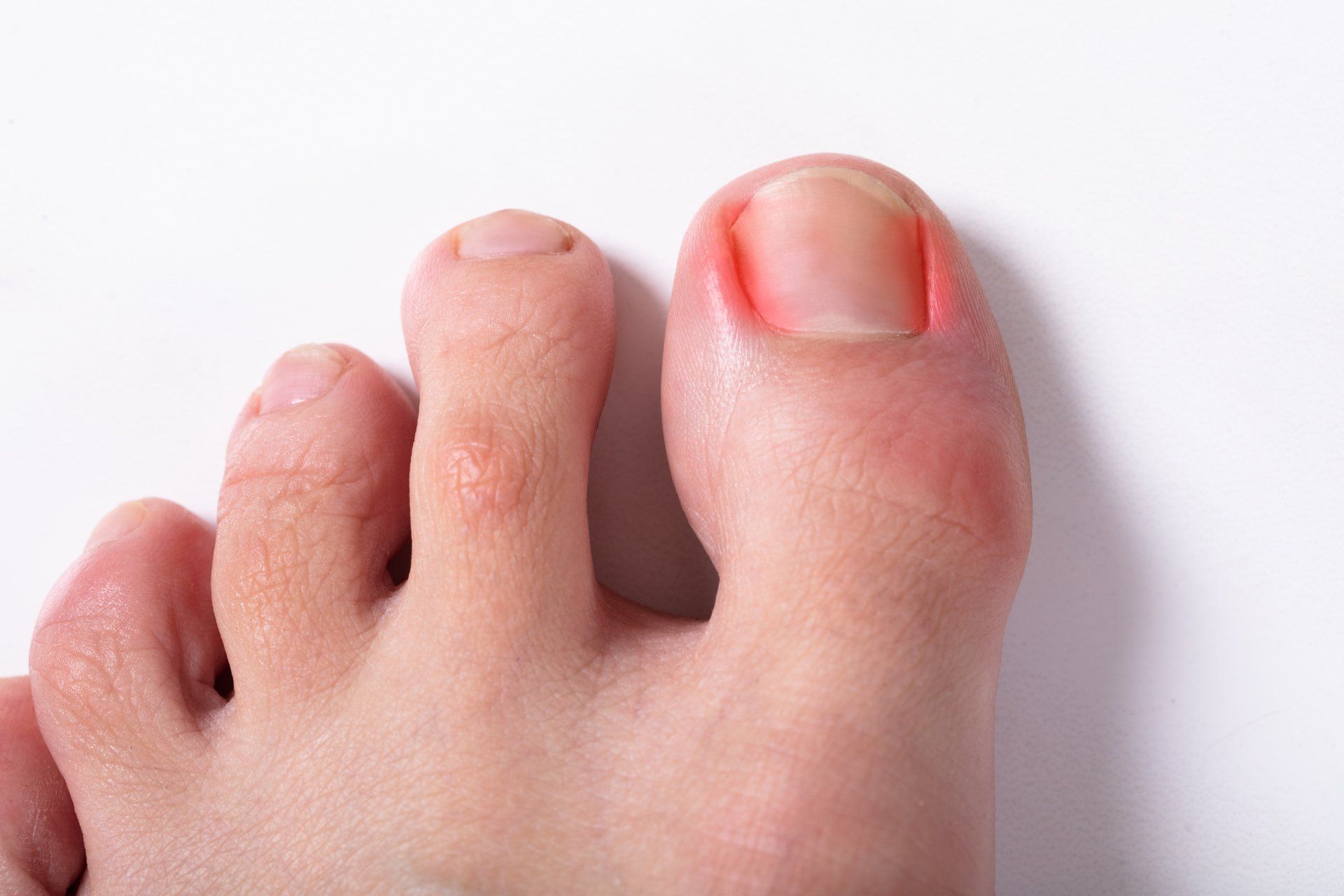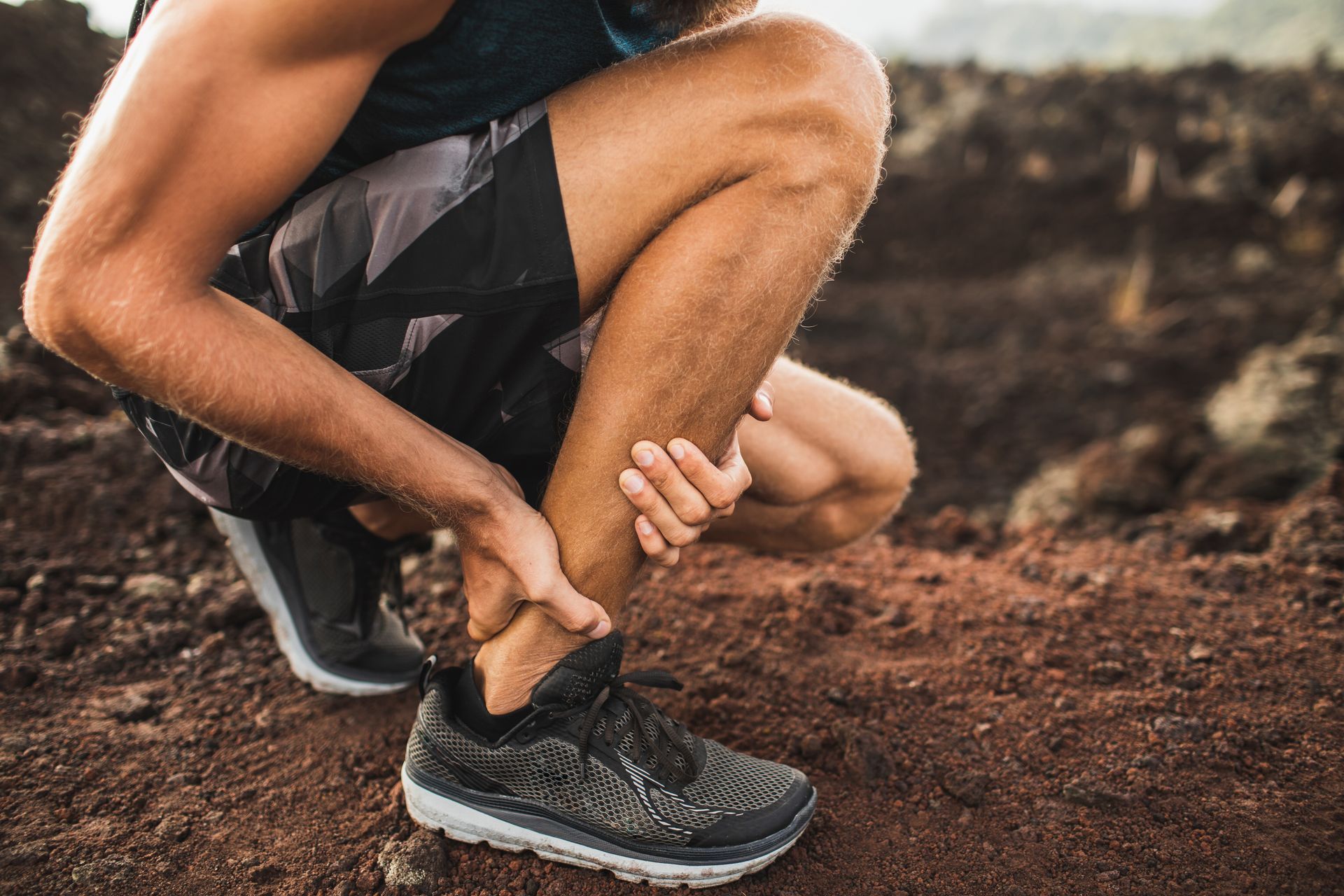With the school year about to start, we know parents and caregivers are busy getting ready for the first day of class. School shoes are a popular item on the back-to-school checklist, and we are here to offer our assistance so that your child can begin the new year on the right foot.
SCHEDULE YOUR CHILD'S FOOT ASSESSMENT
A child’s feet grow quickly, so you may notice your child’s sock and shoe size change every few months. It can be difficult at times for parents to keep up with all the changes and to know what is normal and what to look out for. The development of a child’s foot is important to ensuring a happy, healthy, and active adult life.
Painful legs and feet may be a common complaint from children and teens as they grow, but that doesn’t mean it should be dismissed. If the pain persists for several days, schedule an appointment. Flat feet, bowed legs, excessive tripping, difficulty walking or crawling, ingrown toenails, plantar warts, skin fissures (cracks), and rashes are common concerns in growing children.
We recommend children’s feet be evaluated annually by a podiatrist from the age of three, that way their growth can be monitored, and any potential concerns can be diagnosed and treated early. Before your child heads back to school, be sure to schedule a foot health exam.
PURCHASING SCHOOL SHOES
Children spend upwards of 6 hours a day in the classroom, 5 days a week, so it is important to make sure they have shoes that fit properly, are right for the activity, and are comfortable. The wrong shoes could hurt your child in the long term. Here are the key components to a quality school shoe:
- Fit: Shoes that don’t fit properly will irritate your child’s feet and have the potential to lead to larger problems. Choose shoes that fit the length and width of your child’s foot. Your child should be able to wiggle their toes within the toe box easily.
- Materials: Your child’s school shoes should be made of a breathable, water-resistant material to reduce the risk of fungal growth and smelly feet. The outside should be made of strong rubber to allow for proper shock absorption.
- Flexibility: The sole of the shoe should be supportive with a firm heel and solid arch support. Shoes should only bend and flex at the ball of the foot to allow for easy propulsion and movement, proper shoes should not bend in the middle or be too rigid.
OTHER TIPS TO CONSIDER
- Always buy for the larger foot
- Avoid reusing “hand-me-down” shoes, as the same size shoe won’t always fit your child’s foot properly and may be too worn to offer good support
- Check your child’s shoes regularly looking for signs of wear, as children grow 1-2 sizes a year
- Don’t buy shoes that need to be broken in. School shoes should be ready to wear with no discomfort
If you are having trouble finding the right size shoe for your child, we can help with a fitting and measurement. This school year, make sure your child starts it off right by scheduling their annual foot assessment and exam with our office. For more information on back-to-school tips or to schedule an appointment, contact Ankle & Foot Associates today.


